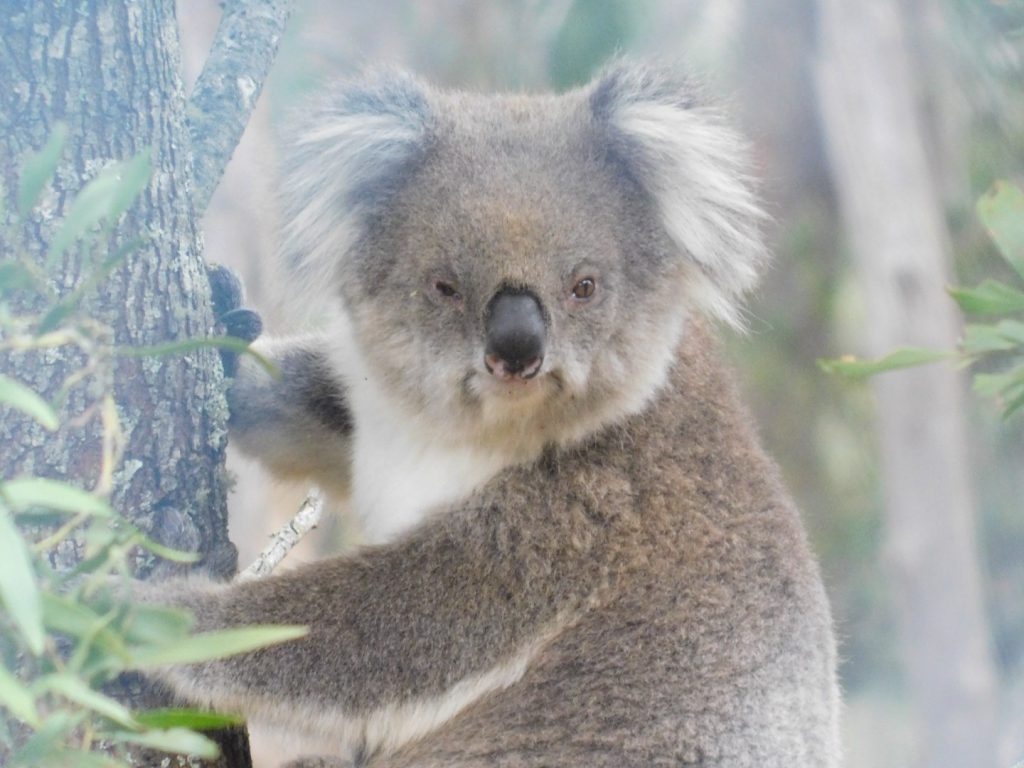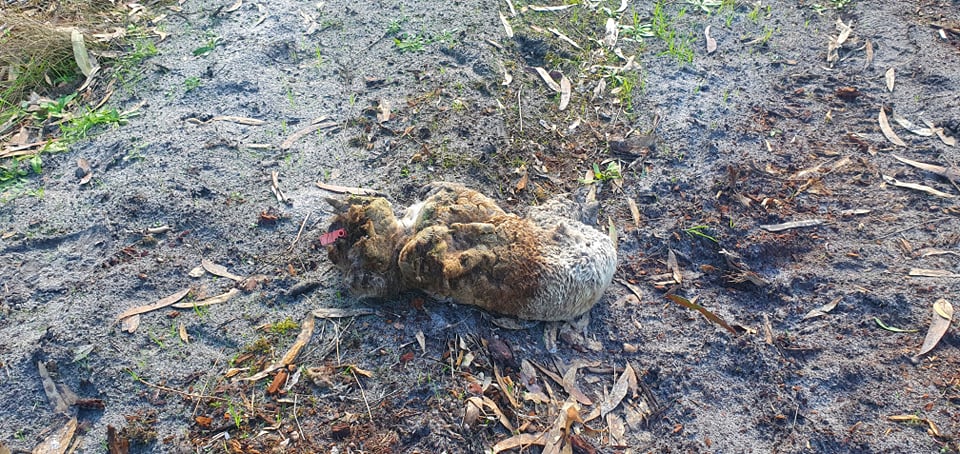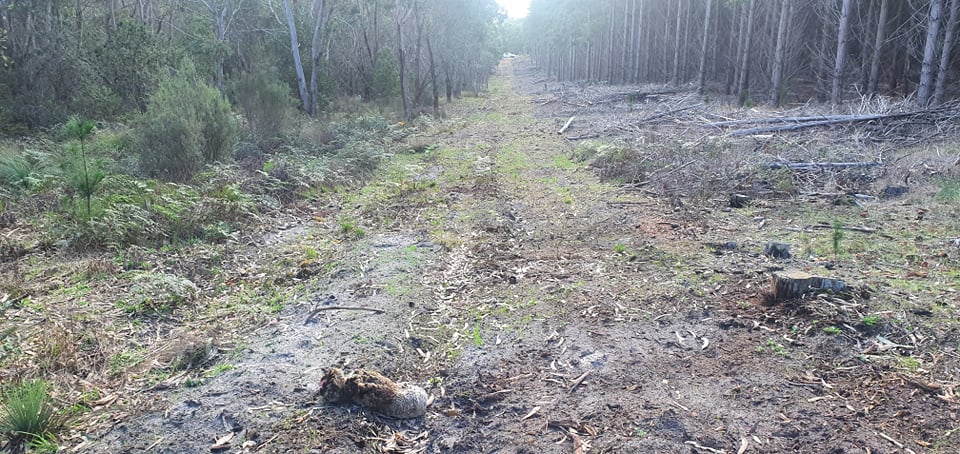An intriguing discovery of a long-lived translocated koala at Glencoe, South Australia
One of Australia’s most well-known and charismatic animals, the koala, is not all that common around Mount Gambier, South Australia. This is why, when out for a walk recently in the Glencoe area, my friend Adam took particular notice of a koala he came across. Unfortunately, the animal had come to the end of its life – but Adam noticed something intriguing – it was wearing a red ear tag with an ID number!
Knowing that this ear tag must mean something, he then set about finding out what exactly it signified and to whom it should be reported. Adam sent me a message to see if I could point him in the right direction and in the meantime also completed an online Department for Environment and Water contact form. Things moved fairly quickly then with Adam receiving a phone call from Karl Hillyard, Principal Ecologist in Wildlife Management based at DEW in Adelaide.
Karl was amazed by this find. He had spent a few hours trawling through the archives to find out that the koala was a relocated individual that came to the South East in 2003 from Kangaroo Island. With an average life span of 10-12 years, this was certainly an old koala! I’ve included some (not too grisly) photos of the koala at the end of this article.

The koala was one of 24 species introduced to Kangaroo Island in the early 19th century in an effort to ensure species survival considering threats like hunting, fire, disease, and habitat loss in mainland south-eastern Australia. Nearly a century later and in the absence of natural predators on Kangaroo Island, the koala population had reached such high numbers that the animals were having a negative effect by over-browsing the foliage of their preferred food trees. In the meantime, the koala had also become hugely important to international tourism, but numbers in Australia’s eastern states numbers were declining.
These factors combined to set the scene for a sterilisation and translocation program in the early late 1990s to early 2000s, which sought to limit population growth on the island. Both male and female koalas were surgically sterilised in this program, with sterilisation of female koalas a relatively new technique. Translocated koalas were flown to their new homes and released in groups of a minimum of ten (with equal numbers of males and females).
Although koalas had previously occurred in the South East, they had disappeared by the mid-20th century as a result of hunting. Thirty-five release sites with high quality habitat were identified in the South East and translocated animals were sterilised to avoid repeating the earlier population explosion.
Interestingly, Karl discovered that Adam found the koala less than five kilometres from its release site. Of particular interest to me, was the fact that the koala was found in a biodiversity corridor linking two native forest reserves. ForestrySA’s biodiversity corridor program began in 2000, and in 2017-18 NGT delivered the accompanying biodiversity education program working with three local schools. Over those two years I spent a number of days planting native seedlings with students to recreate habitat at the exact corridor where the koala was found.
Koala population management has been an ongoing issue for several decades now with no easy answers. While lethal control is widely unpopular, sterilisation and translocation also have negative animal welfare impacts. For example, this study, found post-translocation mortality of 37.5% in the first 12 months. The same study also found high dispersal of translocated individuals in the weeks after – which makes this recent find all the more interesting (although can probably largely be explained by the highly cleared landscape of the lower South East).
Since earlier this year, the koala (specifically the populations of Queensland, NSW, and the ACT) is listed as Endangered under the Environment Protection and Biodiversity Conservation Act 1999, so no doubt lessons learnt from these earlier translocations are becoming even more relevant.
I’d like to thank Adam for sharing his interesting find with me. Thanks to his report the body was collected by Parks for necropsy to see if any further details can be learnt about this animal’s life. If you’d like to get in touch about something fascinating you’ve found, you can drop us a line at or send us a message on Facebook any time.

The koala as Adam found it. Photo: Adam Baker. 
Luckily, Adam noticed and thought to report the ear tag. Photo: Adam Baker.

This biodiversity corridor (left) links two native forest reserves with surrounding pine plantation land use (right). Photo: Adam Baker.
